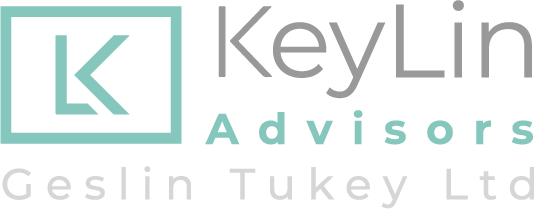The Paycheck Protection Program, and what you need to know.
Updated June 12, 2020
Click here for the most recent updates to the Paycheck Protection Program.
The CARES Act, passed by the government in a response to the COVID-19 pandemic, provided much needed relief to small businesses, self-employed persons and independent contractors.
One relief program passed was the Paycheck Protection Program. The Paycheck Protection Program is a loan designed to provide incentive for small businesses to keep their workers on payroll. The SBA will forgive these loans if the money is used for payroll, rent, mortgage interest or utilities. The loan is applied for through a banking institution. Forgiveness is applied for after the qualifying period.
Here are some highlights of the program:
All small businesses are eligible, as well as non-profit organizations, self-employed persons and independent contractors;
If funds are not forgiven, the loan has a maturity rate of 2 years and an interest rate of 1%;
Payments on the loan are deferred for six months;
No personal guarantee or collateral is required;
What can the funds be used for?
At least 75% of the funds must be used to fund payroll and employee benefit costs.
The remaining 25% can be used on rent payments, utilities or mortgage interest payments.
In order to be forgivable, expenditures must be incurred and/or paid during the qualifying period. If funds are being utilized for rent, mortgage or utility payments, agreements regarding the obligation to pay must have been in full force and effect as of February 15, 2020.
What counts as payroll costs?
Salary, wages, commissions, or tips. However, amounts are capped at $100,000 on an annualized basis for each employee. For owner-employees, amounts are capped at 8/52 weeks of compensation for 2019 or net profit for 2019 or $8,333.33 per month, whichever is less.
Employee benefits including costs for vacation, parental, family, medical, or sick leave; allowance for separation or dismissal, payments required for the provisions of group health care benefits including insurance premiums; and payment of any retirement benefit;
State and local taxes assessed on compensation; and
For a sole proprietor or independent contractor: wages, commissions, income or net earnings from self-employment (with the same 8/52 week or net profit cap as described above).
How much of my loan will be forgiven?
You will owe money when your loan is due if you use the loan amount for anything other than payroll costs, mortgage interest, rent, and utilities payments over the 8 weeks after getting the loan. Due to likely high subscription, it is anticipated that not more than 25% of the forgiven amount may be for non-payroll costs. You will also owe money if you do not maintain your staff and payroll.
Number of Staff: Your loan forgiveness will be reduced if you decrease your full-time equivalent employee headcount as compared to January/February of this year.
Level of Payroll: Your loan forgiveness will also be reduced if you decrease salaries and wages by more than 25% for any employee that made less than $100,000 annualized in 2019.
You have until June 30, 2020 to restore your full-time employment and salary levels for any changes made between February 15, 2020 and April 26, 2020.
How can I request loan forgiveness?
You will need to submit an application to your lender. The application (as of June 4, 2020) is eleven pages long and has specific documentation requirements associated with it. The application will also require documentation verifying the number of full-time equivalent employees and pay rates, as well as the payments eligible on mortgage, lease, and utility obligations.
You will also be required to certify that the documents are true and that you used the forgiveness amount to keep employees and make eligible mortgage interest, rent, and utility payments. The lender must make a decision on the forgiveness within 60 days, which then gets submitted to the SBA who will make a final decision on the forgive-ability of the loan.
UPDATES AS OF JUNE 12, 2020:
The President recently signed into law the Paycheck Protection Flexibility Act (click here to read the full text of the act). This latest legislation makes key changes to the PPP.
Here are the main points:
PPP borrowers can now choose to extend the original eight-week period to 24 weeks to allow flexibility for borrowers to reach full, or almost full, forgiveness.
The payroll expenditure requirement drops to 60% from 75%. However, borrowers are now required to spend at least 60% on payroll or none of the loan will be forgiven (emphasis added).
Borrowers can use the 24-week period to restore their workforce levels and wages to the pre-pandemic levels required for full forgiveness.
The legislation also includes two exceptions allowing borrowers to achieve full forgiveness even if they don't fully restore their workforce. Those exceptions are (1) borrowers can exclude from calculations any employees who turned down good faith offers to be rehired at the same hours and wages as before the pandemic and (2) borrowers can adjust calculations if they could not find qualified employees or were unable to restore business operations to February 15, 2020 levels due to COVID-19 related operating restrictions.
Borrowers now have five years to repay the loan instead of two. The interest rate remains at 1%.
The bill allows businesses who took a PPP loan to also delay payment of their payroll taxes, which was prohibited under the CARES Act.
Guidance and clarification continue to issue on a (sometimes) daily basis. We will continue to update here as we become aware of changes.
Visit the SBA Paycheck Protection Program website here for more information.



